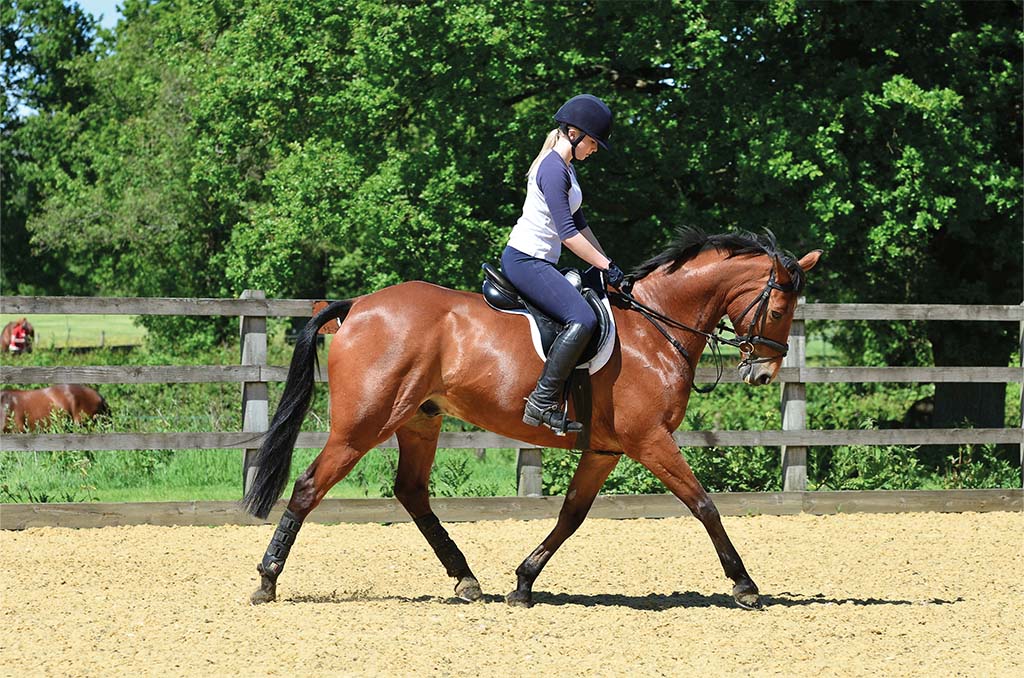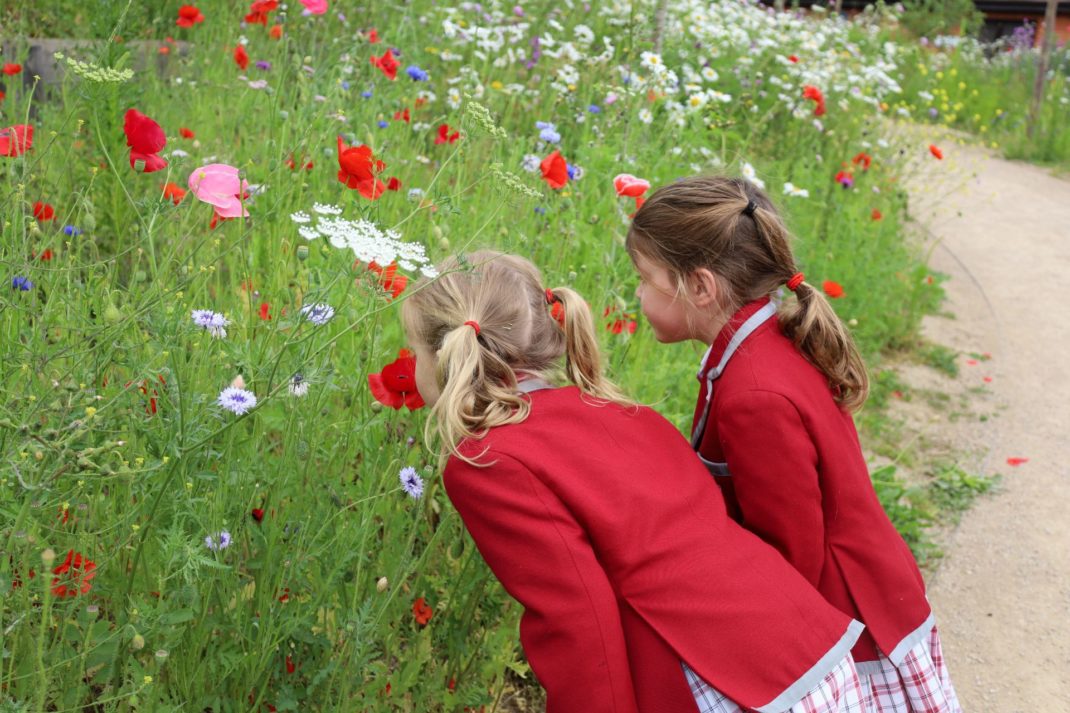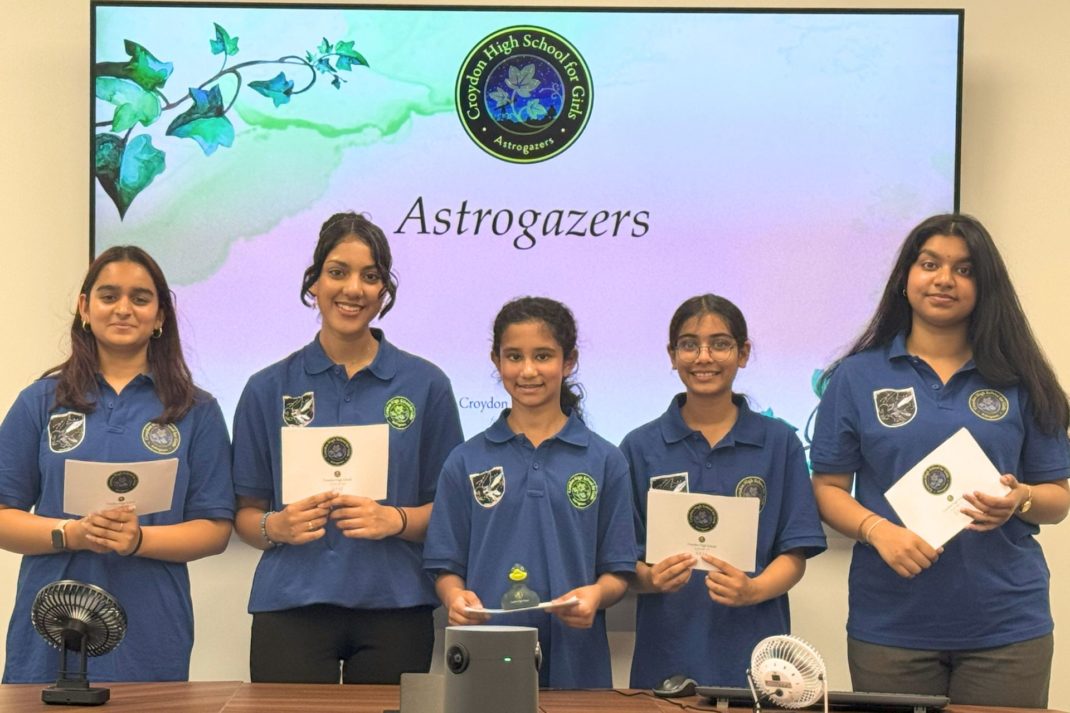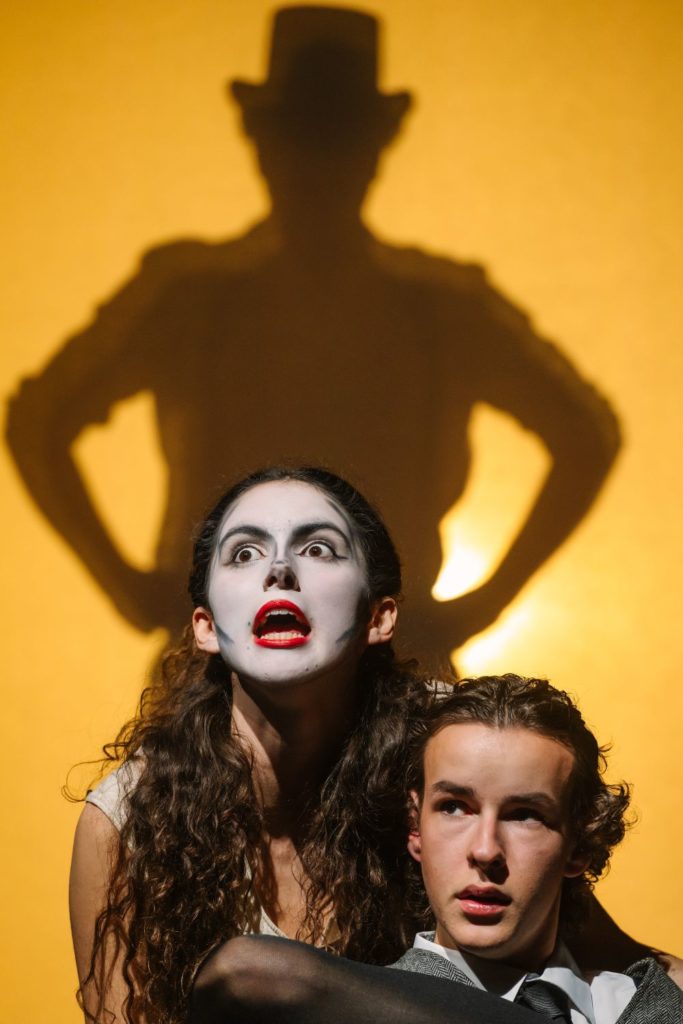H&W: Galloping to Fitness
By
3 years ago

Horse riding is a great way to encourage a lifelong interest in staying healthy, says Jill Barker of Mayfield School.

There has been a long tradition of excellence in horse riding at Mayfield School, which is set in 75 acres of beautiful Sussex countryside. One of the first schools to set up an Equestrian Centre in the early 1990s, Mayfield’s purpose-built facility includes stables for up to 30 horses and an indoor and outdoor sand school. As director of riding, it’s my responsibility to organise our equestrian offering. Even though the girls’ academic studies come first, I believe horse riding offers the opportunity for them to follow their interests and learn new skills along the way.
At Mayfield, approximately 10 per cent of pupils ride, ranging from beginners and those who ride for fun to those who wish to compete at school and national level. So, what makes a good rider?
Much of it comes down to commitment. The best riders are those who are open to learning new skills, who want to progress, to push themselves. A mediocre rider can become a very good rider by working hard.
The proof of that comes through competition. Mayfield has been extremely successful and currently holds three National NSEA titles: National Team Dressage Champions; Inter-County Team Dressage Champions; and Inter-County Open Team Showjumping Champions.
You can start to access the competition scene after about two or three years, depending on your horse. It often goes unseen, but horse riding is very much a partnership between horse and rider. Getting the best out of the horse is the crucial skill.

The benefits of learning to ride at school are not just confined to markers of success, like rosettes. Riding also offers opportunities to learn how to cope when, inevitably, things do not go to plan. For example, girls who are academically strong have found that riding has enabled them to cope with unexpected challenges. They often don’t experience failure in their academic life and so riding teaches them valuable life lessons as it helps them to develop coping mechanisms and be more resilient when things go wrong.
Commitment is also important; practice, as we know, makes perfect. Riders learn that the more you put into improving your own technique, the more successful you will be – this is a great life lesson. And riding also helps girls learn responsibility as they are responsible for their horse – feeding it, looking after it – learning that the more care you take, the more the horse thrives, and the better it will perform for you.
The benefits last long after school. Interestingly, research from Sport England shows that a greater proportion of children who ride continue to do so into adulthood, compared to traditional sports, and that riding is especially popular among women.
Riding is a lifelong activity. You’re always progressing and learning because you ride different types of horses and they each present different challenges.
There is a reason why we take part in sporting activities. It has to be about having fun. For some, that pleasure will come from being intensely competitive, for others simply being outside in mother nature, letting off steam and relaxing after a stressful day, or being part of a team and spending time with people with a similar interest.
The joy of horse riding is that there is something in it for everyone.
Jill Barker is the director of riding at Mayfield School, East Sussex.
See Mayfield School’s online listing here.



